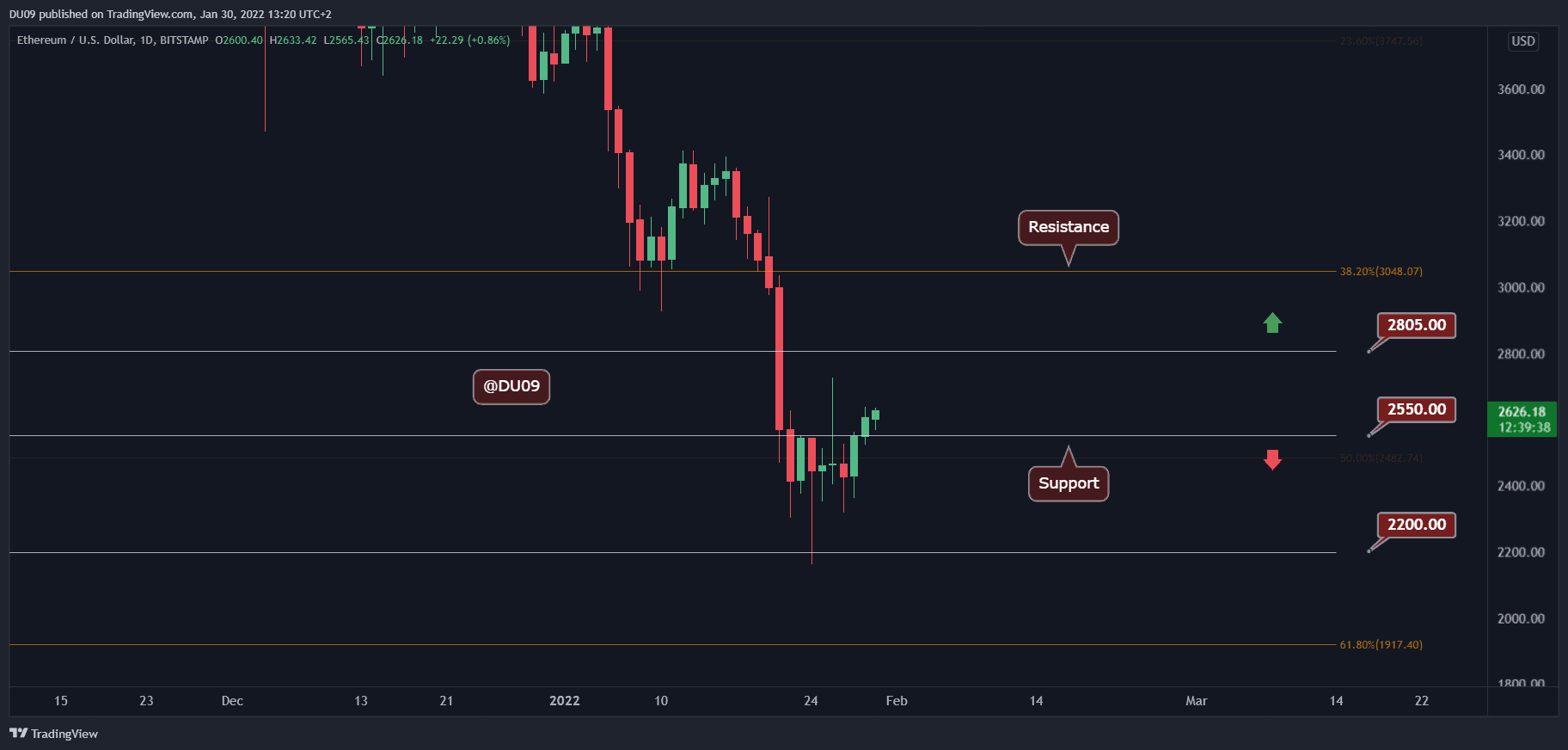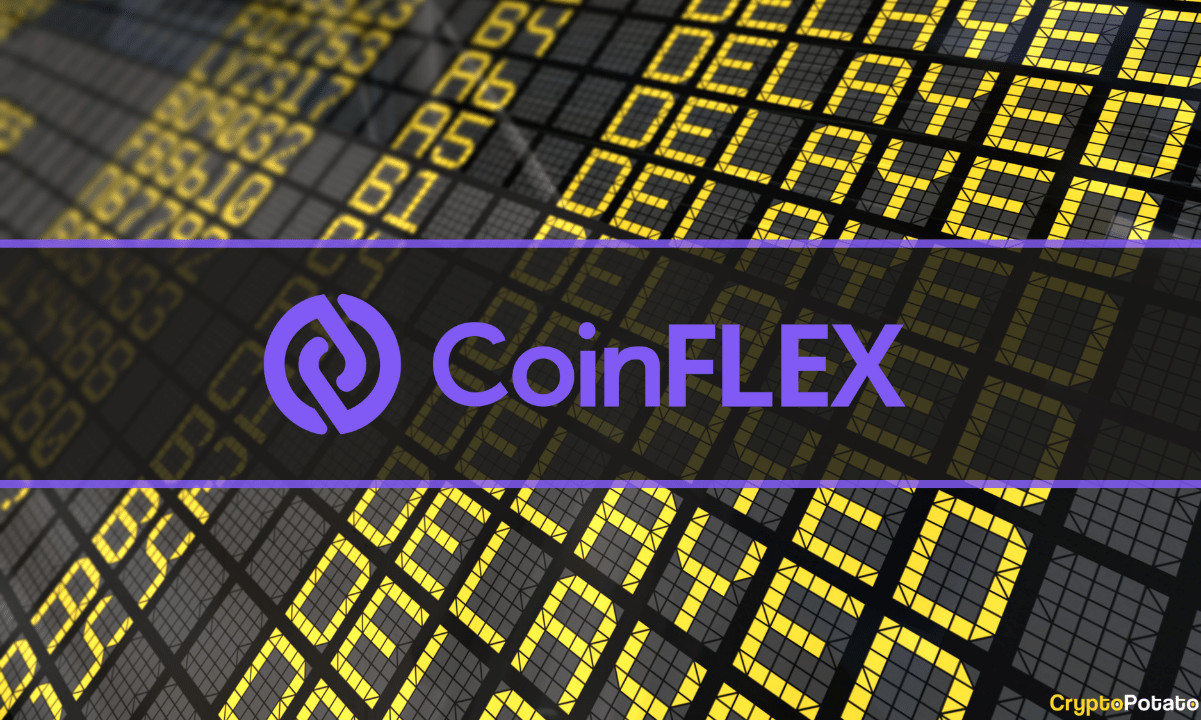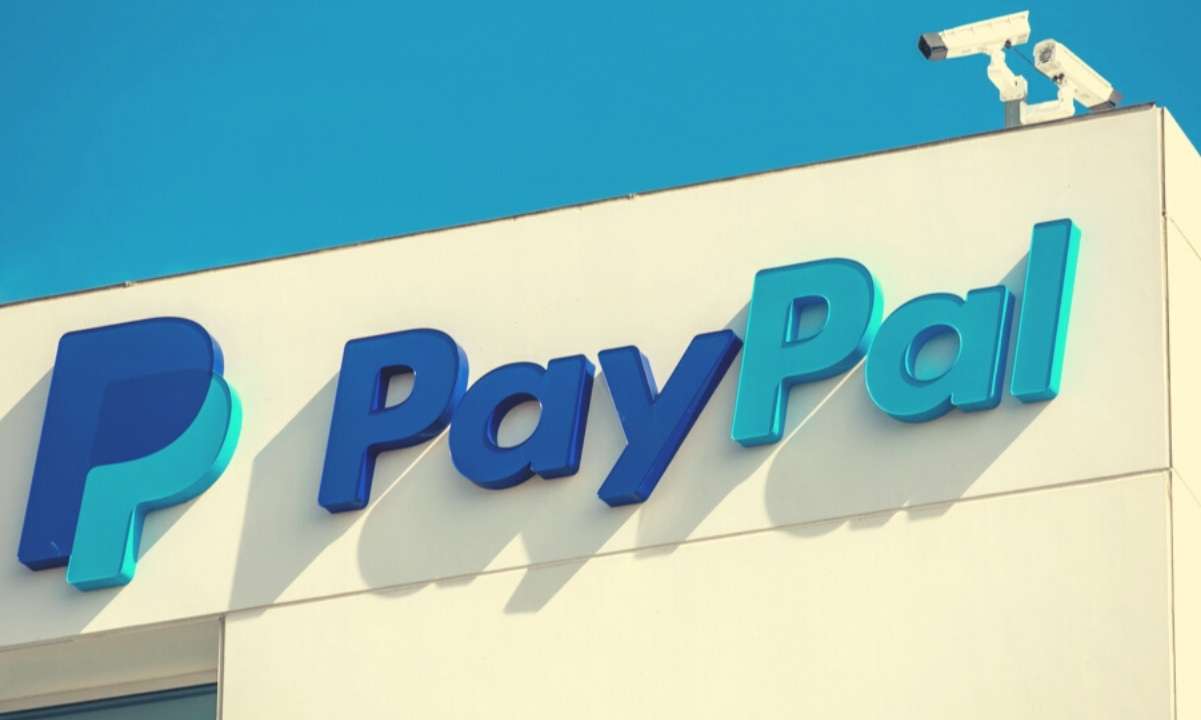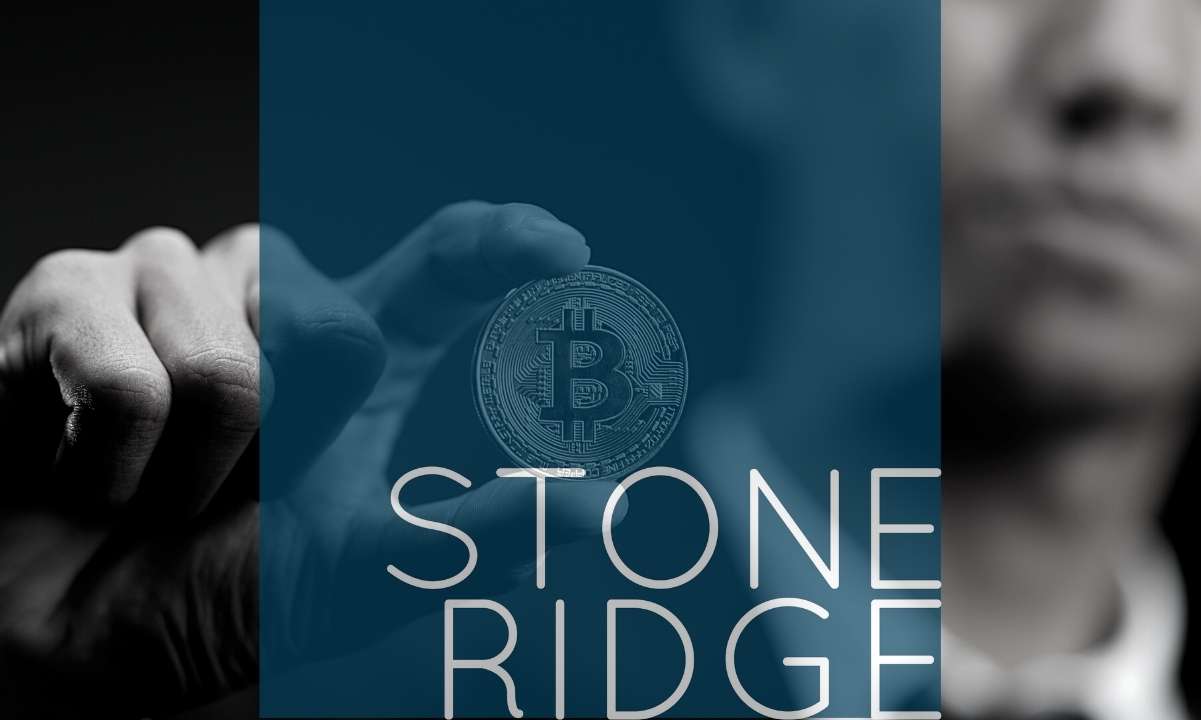Atem: Introducing a New Dawn of Social Privacy
Many things come to mind when we think of social media, but privacy is usually not one of them. From our social media feeds being filled with ads for products we have vaguely discussed to the Cambridge Analytica scandal of a few years ago, it’s perhaps safe to assume that there’s not a lot being done on this front from the community’s side.
Many argue that personal data being used in all sorts of ways is a necessary evil to reap the benefits of a connected world. However, the technological innovation of the last few years means that it’s no longer necessary to simply accept that personal data isn’t our own when we are online.
In fact, user’s privacy is one of the main and most heavily-supported use cases of blockchain-based technologies, and Atem is a company that aims to leverage the web3 experience to give users a decentralized community and social trades.
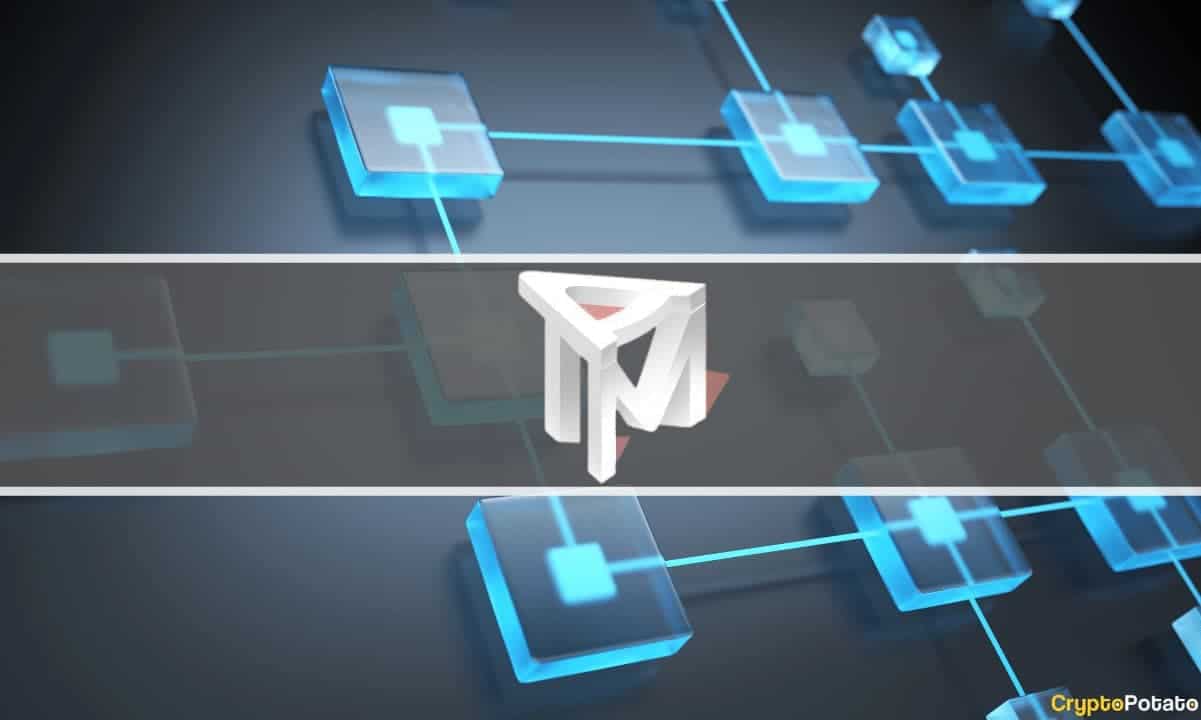
How Atem Preserves Privacy
From the very beginning, Atem’s setup allows the user to give up as little information as possible. Getting started with Atem only requires connecting to a digital assets wallet. No name, email address, or phone number is required.
All messages that are sent by users through the Atem network are encrypted in the short term and are then stored at a decentralized source in the long term. This means that not only are the members of Atem channels able to view the messages that are sent, but even Atem staff cannot view these messages.
User groups are chosen based on the non-fungible tokens (NFTs) and other digital assets that users already have in common, though they can create their own channels within the groups.
The digital asset data that is used to filter out users for groups is obtained from the numerous blockchains, including Ethereum, which, once again, provides publicly available information.
The digital assets that users hold also give them access to specific emojis that can be used while interacting on the platform. Besides its features for regular social media interaction, Atem also provides tools for social trading.
What is Social Trading?
Social trading, in this case, means users trading digital assets amongst themselves through social features. Usually, users would have to visit an NFT marketplace to buy and sell NFTs, and that would mean multiple accounts set up.
With Atem, users can bid on, auction, and send NFTs, as well as cryptocurrencies, to themselves through the chat function. Because Atem accounts are connected to existing wallets, the transfers can happen instantly.
This is more convenient than the current system in which users need to hold the specified cryptocurrency of the NFT marketplace they want to use. After users go through the trouble of buying the cryptocurrency, they can bid with it but if their bid fails, they are stuck with tokens they only bought for the purposes of bidding. With Atem, there is no need to go through this process.
The Atem ecosystem also uses the classic blockchain system of DAO governance. This means that users are able to vote on the changes that are made within the Atem ecosystem. Compared to other centralized social media sites in which changes are made with limited user input, Atem lets users make these important decisions.
This is very important considering that the incoming Web3 systems heavily prioritize users having more control in the running of the internet.


